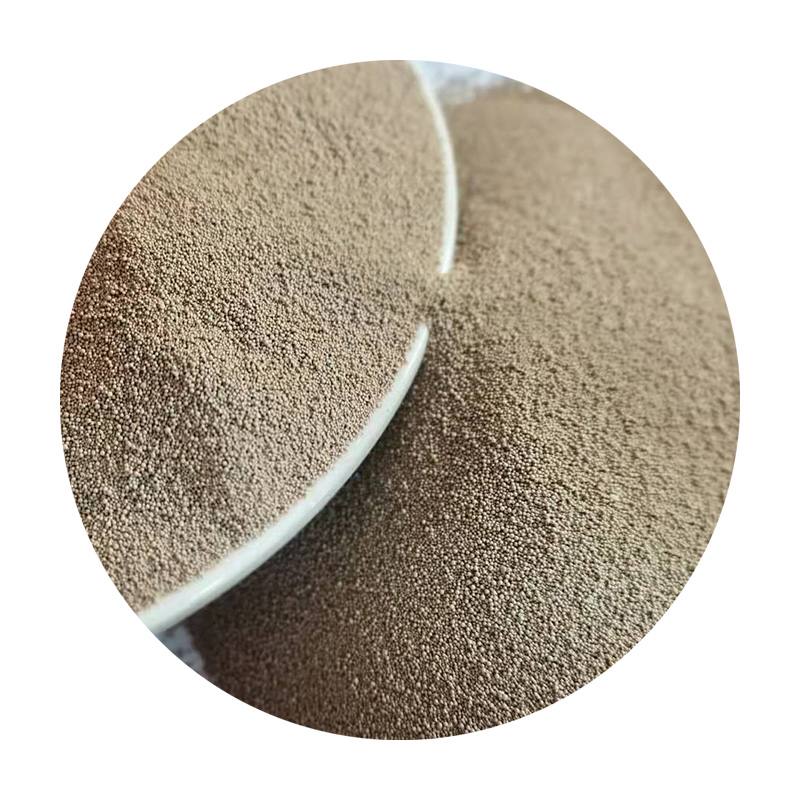Can You Sand 3D Prints?
3D printing has revolutionized the manufacturing landscape, allowing for complex designs and rapid prototyping that were previously unimaginable. However, once the printing process is complete, there often comes the question can you sand 3D prints? The short answer is yes, sanding 3D prints is not only possible but also a common practice to enhance the final appearance and functionality of the printed object.
Can You Sand 3D Prints?
The process of sanding 3D prints starts with selecting the right type of sandpaper. For initial sanding, a coarse grit paper (around 100 to 200 grit) can be used to remove large imperfections and layer lines. Once the print is relatively smooth, finer grit paper (400 to 600 grit) can be employed to refine the surface. For those looking for an exceptionally smooth finish, ultra-fine sandpaper (above 1000 grit) may be used, particularly for the final touches.
can you sand 3d prints

Another consideration is the material of the 3D print. Different filaments respond differently to sanding. For instance, PLA (Polylactic Acid) is relatively easy to sand and can achieve a good finish. ABS (Acrylonitrile Butadiene Styrene), on the other hand, is more challenging due to its tendency to melt under friction, so care must be taken when sanding it. Other materials like PETG and nylon also present their unique challenges and benefits when it comes to post-processing techniques.
It's crucial to note that sanding produces fine particles that can be harmful if inhaled. Therefore, working in a well-ventilated area and wearing a dust mask is highly recommended. Additionally, sanding can create heat through friction, which can distort the print, especially if too much pressure is applied or if the sanding process is prolonged.
Beyond aesthetic improvements, sanding can be beneficial in preparing prints for painting or coating. A smooth surface allows for better adhesion of paints and finishes, resulting in a professional-looking final product. Additionally, sanding can improve the fit of parts that need to be assembled together, particularly in functional prints like mechanical components.
In conclusion, sanding is a valuable post-processing technique for 3D prints, allowing creators to enhance the appearance and performance of their printed objects. With the right tools and techniques, anyone can transform their 3D prints from rough to refined, making sanding an essential skill in the world of 3D printing. Whether you're a hobbyist or a professional, mastering the art of sanding will undoubtedly elevate the quality of your 3D printed creations.
Post time:Aug . 29, 2024 01:35
Next:Sand Casting
